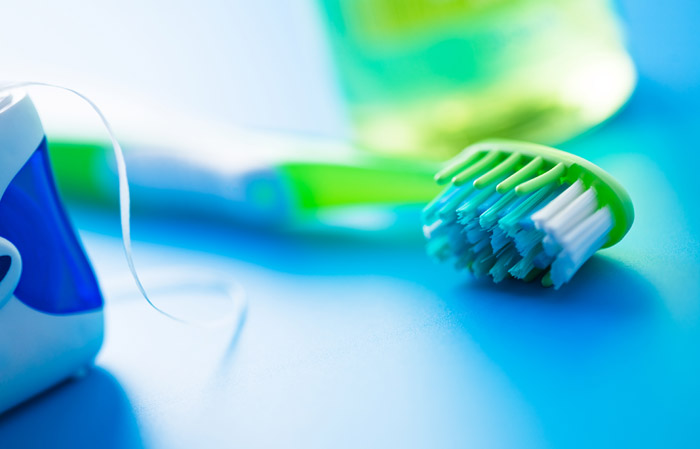The Pulse of SchoolCare, June 2023
4 Ways to Practice Sun Safety This Summer
Summer is a great time of year for getting some extra vitamin D to help promote good health and normal bone function. But too much sun can leave you with painful burns, damaged skin and make you susceptible to skin cancer – the leading cause of cancer in the United States according to the American Cancer Society.
Here are four ways to decrease your risk of skin damage, premature aging and cancer.
1. Seek shade to limit exposure
Most of us want to enjoy these sunny, warm days for the months we have them. But especially during the hours of 10 a.m.-4 p.m., being able to spend time out of the direct sunlight is critical. If you can, spend time in the shade. Take breaks to go indoors or use a pop-up canopy, tent or umbrella to have a place to get out of the sun.
2. Wear sunscreen
Broad spectrum sunscreen is key to helping protect your skin. Experts recommend:
- A sunscreen with an SPF of 30 or higher* applied about 30 minutes before heading out.
- Reapplication of sunscreen after 90 minutes to 2 hours, or immediately after swimming or activity that induces a lot of sweat.
- Check the expiration date. Sunscreen’s effectiveness breaks down over time. If your sunscreen is expired, toss it and grab a new bottle.
Did you know? You can reimburse yourself with funds from your flexible spending account or health savings account for the cost of sunscreen, or purchase it directly with your account card. Sunscreen must be at least SPF 30 to be eligible.
3. Wear protective clothing
Covering up with SPF treated clothing/bathing suits or dark, tight weaves are better than light colored cotton (especially if it is wet). If you are going to be in the sun for an extended period, covering up and reapplying sunscreen are highly recommended. A hat is also important to protect your scalp, ears, and better shade your face.
4. Don’t forget to protect your eyes
Sunglasses with UV blocking lenses can help protect your eyes from the sun’s damaging rays. The National Eye Institute recommends choosing sunglasses that that “fit well and that block light from coming in around the lenses.” Sunglasses lenses are required to indicate the level of UV protection. Lenses that provide 99 to 100 percent protection from UVA and UVB that have a UV400 rating are best.
*SPF 15 is about 93% effective at blocking UV rays while SPF 30 is about 97% effective. After that it goes up incrementally with SPF 50 blocking 98%. Experts also warn about the false sense of security high SPF sunscreens can provide.
















